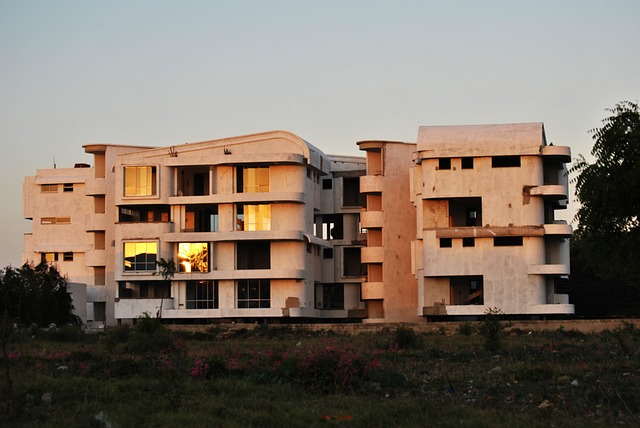The Singapore real estate market features a blend of public and private housing options, with Executive Condominiums (ECs) like those on the List Of Ec Singapore and Housing & Development Board (HDB) resale flats being particularly significant for middle-income families. ECs are designed to act as a stepping stone towards full privatization, offering a mix of public housing benefits with private living amenities, and their prices vary based on factors such as location, unit size, age, and market conditions. New developments like Canberra Crest and Parc Canberra have recently influenced the market. HDB resale flats' pricing is affected by market volatility, flat type, location, and historical trends, which can be tracked through tools like the Resale Price Index (RPI). Both ECs and HDB resale prices are subject to economic factors such as inflation and interest rates, and are influenced by government policies including subsidy eligibility and cooling measures. Prospective homeowners in Singapore must consider these elements when navigating the property market, with the List Of Ec Singapore being an essential resource for understanding EC pricing trends and opportunities for capital appreciation. The market's future will be shaped by a mix of policy decisions and economic conditions, making it a dynamic and ever-evolving space for investment and homeownership.
Singapore’s property landscape presents a dynamic interplay between Executive Condominiums (ECs) and Housing & Development Board (HDB) resale flats, both pivotal in addressing the diverse housing needs of its residents. This article delves into the comparative pricing of ECs versus HDB resale units, drawing from an overview of historical price trends, influencing factors, and a detailed analysis of market behavior in regional hotspots across Singapore. With insights from a ‘List Of Ec Singapore’ and current market data, we aim to provide a comprehensive picture of the property prices, highlighting key drivers behind valuations and projecting future movements. Join us as we navigate the nuances of this significant real estate sector and help you make informed decisions in your property journey.
- Overview of EC (Executive Condominium) and HDB Resale Prices in Singapore
- Historical Price Trends: Analyzing EC vs HDB Resale Values
- Factors Influencing the Pricing of ECs and HDBs in Singapore
- Comparative Analysis: ECs vs HDBs in Different Regional Hotspots in Singapore
- Future Projections: EC and HDB Price Movements Based on Market Trends and Policies
Overview of EC (Executive Condominium) and HDB Resale Prices in Singapore
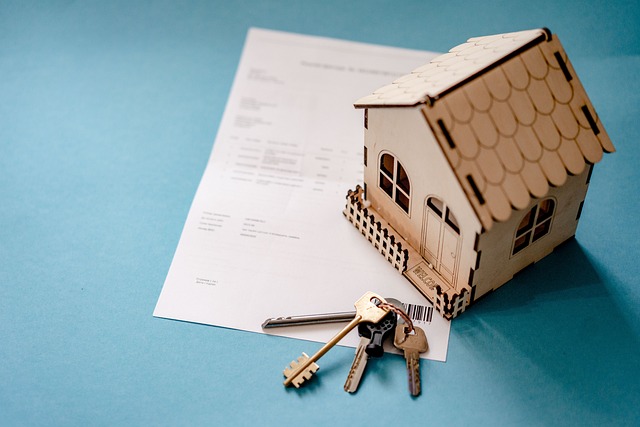
In Singapore, housing is a central component of the national landscape, with Executive Condominiums (ECs) and Housing & Development Board (HDB) resale flats being significant segments of the property market. Executive Condominiums, designed for middle-income families, offer a blend of privatized living and public housing benefits. They serve as a stepping stone for aspiring homeowners who may later upgrade to private properties. The pricing of ECs is influenced by various factors including location, amenities, and the maturity of the development. As of recent years, the list of ECs in Singapore has seen additions such as Canberra Crest and Parc Canberra, which have contributed to the market dynamics.
On the other hand, HDB resale prices reflect the secondary market for resale flats owned by Singaporeans. These prices are influenced by market conditions, flat types, location, and the age of the flat. The resale price index, which tracks changes in resale prices over time, is a key indicator of trends within this segment. Both ECs and HDB resale flats play pivotal roles in accommodating the diverse housing needs of Singaporeans at various life stages. Prospective homeowners often compare EC prices with HDB resale prices to make informed decisions that align with their financial planning and long-term aspirations. This comparison is crucial for understanding the nuances of property investment and ownership within this dynamic market.
Historical Price Trends: Analyzing EC vs HDB Resale Values

Over the years, the prices of Executive Condominiums (ECs) and Housing & Development Board (HDB) resale flats in Singapore have demonstrated distinct yet interrelated trends. A comprehensive analysis of historical price trends reveals that while both ECs and HDB resale flats serve as housing options for middle-income families, their market values have varied based on a multitude of factors including location, supply, demand, and the broader economic climate. The List of EC Singapore showcases the evolution of these condominiums, which often start off with prices comparable to new HDB flats but appreciate in value over time, potentially offering capital appreciation akin to private properties. This trajectory makes ECs an attractive investment for many, as they offer the benefits of a condominium with the affordability and subsidy eligibility associated with public housing. On the other hand, HDB resale flats have traditionally been seen as a more affordable option for first-time homeowners. However, their resale prices have also been influenced by market dynamics, with prime locations commanding higher prices and enjoying robust demand. Understanding these historical price trends is crucial for potential buyers and investors looking to navigate the property landscape in Singapore, where both ECs and HDB resale flats remain popular choices for homeownership.
Factors Influencing the Pricing of ECs and HDBs in Singapore
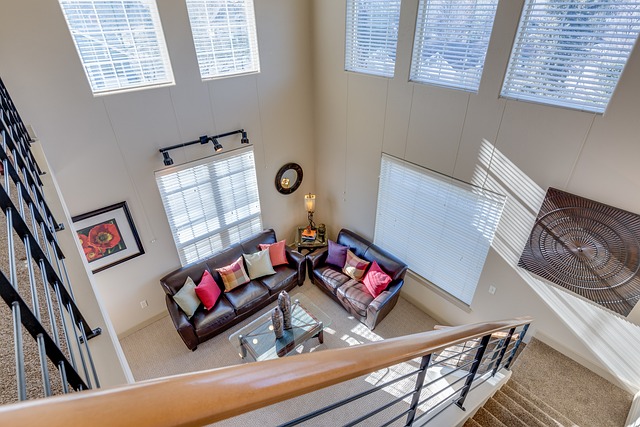
In Singapore, the pricing of Executive Condominiums (ECs) and Housing & Development Board (HDB) flats is influenced by a myriad of factors that reflect both market dynamics and governmental policy. ECs, which are a hybrid of public and private housing, cater to the needs of upgrading families and offer greater space and facilities compared to traditional HDB flakers. The List of EC Singapore illustrates the diverse developments available to prospective homeowners. These prices are affected by location, with prime districts generally commanding higher rates due to their convenience and desirability. Additionally, the size and tenure of the property play significant roles; larger units and those with a longer remaining lease tend to be more expensive. The supply of ECs is also managed by the government, with sales periods and quota releases impacting availability and pricing.
HDB flats, on the other hand, are primarily influenced by factors such as the flat type, floor level, and the maturity of the estate. Flat types range from 2-room to 5-room, each catering to different household sizes and needs. The floor level affects ventilation and views, with higher levels often costing more. Mature estates typically command higher prices due to their established infrastructure, amenities, and transport connectivity. Government policies such as the pricing mechanism, which considers factors like income ceilings and priority schemes, also influence HDB flat prices. Both ECs and HDB flats are subject to the broader economic climate, with inflation, interest rates, and overall demand for housing affecting their market values. Prospective homeowners in Singapore must consider these various influencers when comparing the pricing of ECs and HDBs to make informed decisions about their housing investments.
Comparative Analysis: ECs vs HDBs in Different Regional Hotspots in Singapore
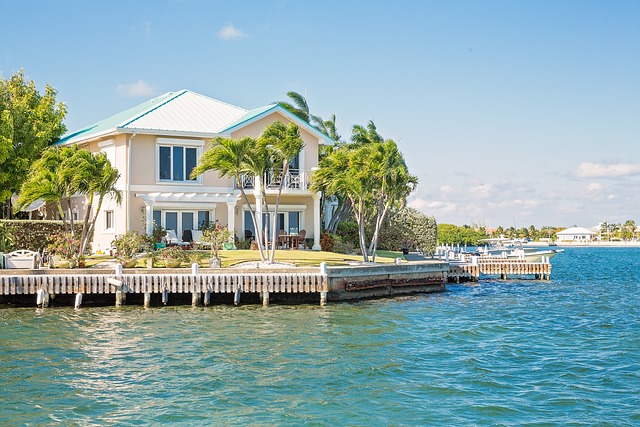
Future Projections: EC and HDB Price Movements Based on Market Trends and Policies
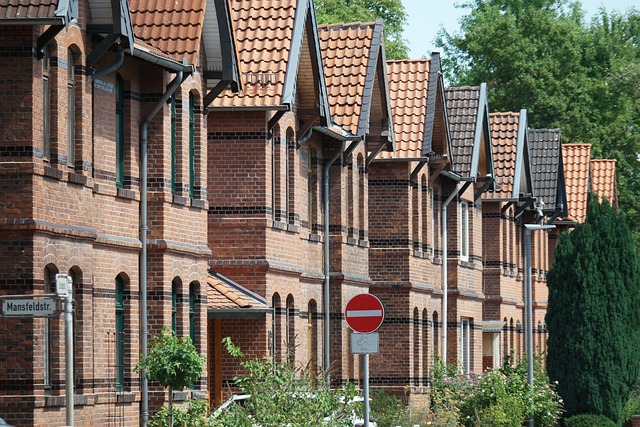
In the coming years, the prices of Executive Condominiums (ECs) and Housing & Development Board (HDB) flats in Singapore are expected to evolve under the influence of market trends and government policies. Prospective buyers often turn to a list of ECs in Singapore as they offer a hybrid between public and private housing, appealing to upgraders with more financial flexibility. The EC landscape is shaped by various factors, including the supply of these units, which are released in phases, and their eligibility criteria, which are different from those for HDB flats. Market sentiment, economic conditions, and interest rates all play a pivotal role in shaping the demand and pricing of ECs.
Simultaneously, HDB prices are influenced by population growth, demographic shifts, and government efforts to ensure affordable housing for the majority of Singaporeans. The HDB resale market also reflects broader economic trends, as do new launches from the HDB. Policies such as the timing of Build-To-Order (BTO) releases, the allocation of subsidies, and the introduction of cooling measures are all tools that the government employs to maintain a stable and sustainable housing market. Both ECs and HDB flats serve different segments of the population, with the former catering to middle-income families looking for more space and the latter addressing the needs of lower and middle-income households. As such, the price movements for both types of residences will be closely monitored by homebuyers and investors alike, who seek to understand how policy changes and market dynamics will affect their investment decisions in this dynamic Singaporean housing landscape.
When comparing the prices of Executive Condominiums (ECs) and HDB Resale flats in Singapore, it’s evident that discerning homebuyers have a multitude of options to consider based on their preferences and financial planning. Historical price trends indicate a dynamic market with ECs generally aligning with the growth trajectory of HDB Resale prices, albeit with some differences influenced by factors such as location, development stage, and eligibility criteria. The comparative analysis across various regional hotspots in Singapore reveals distinct patterns that could inform purchasing decisions. Projections for future price movements suggest continued growth, with market trends and policies playing pivotal roles in shaping the real estate landscape. For those looking to navigate this complex market, the List of EC Singapore offers a comprehensive guide to available options, ensuring informed choices for both current and prospective homeowners.
